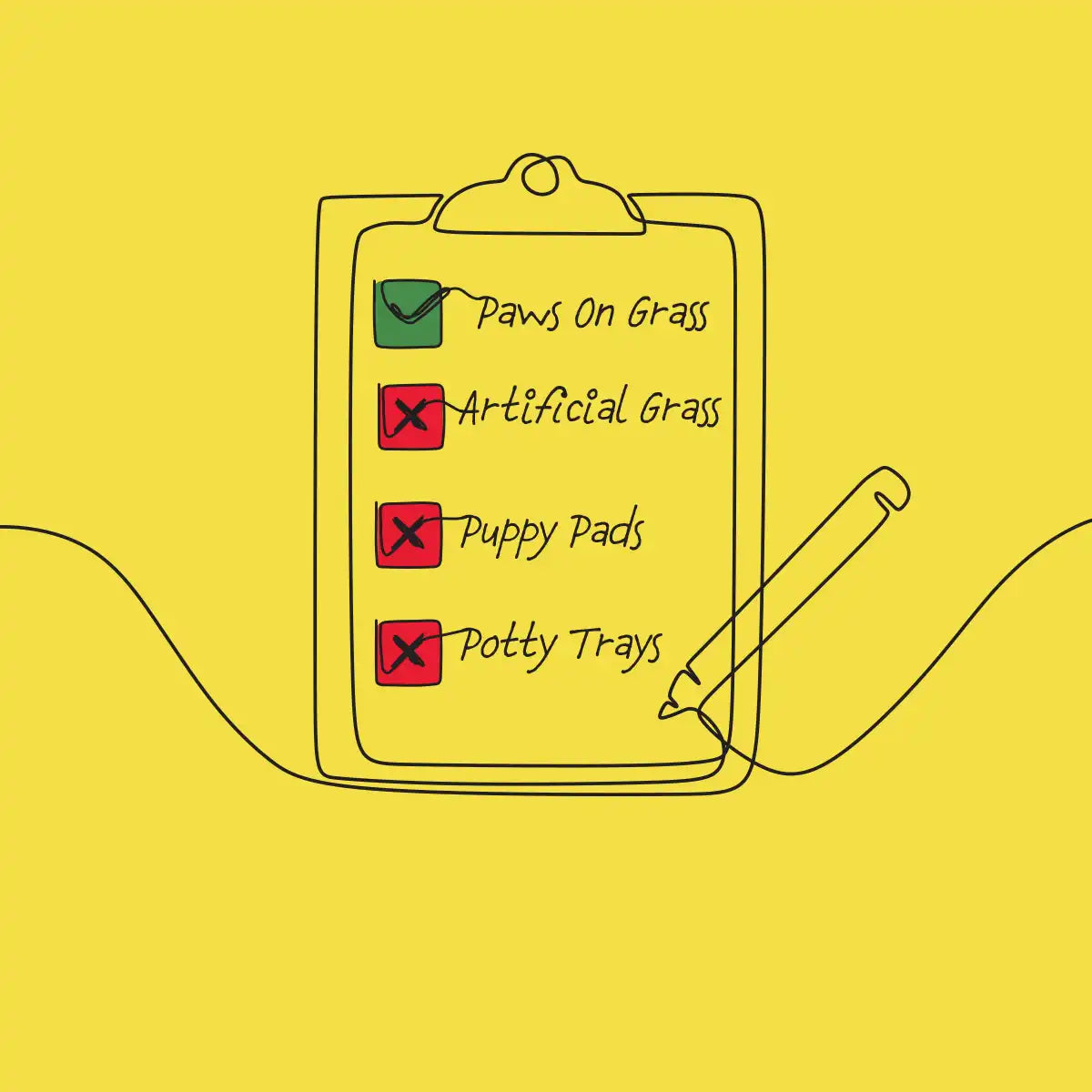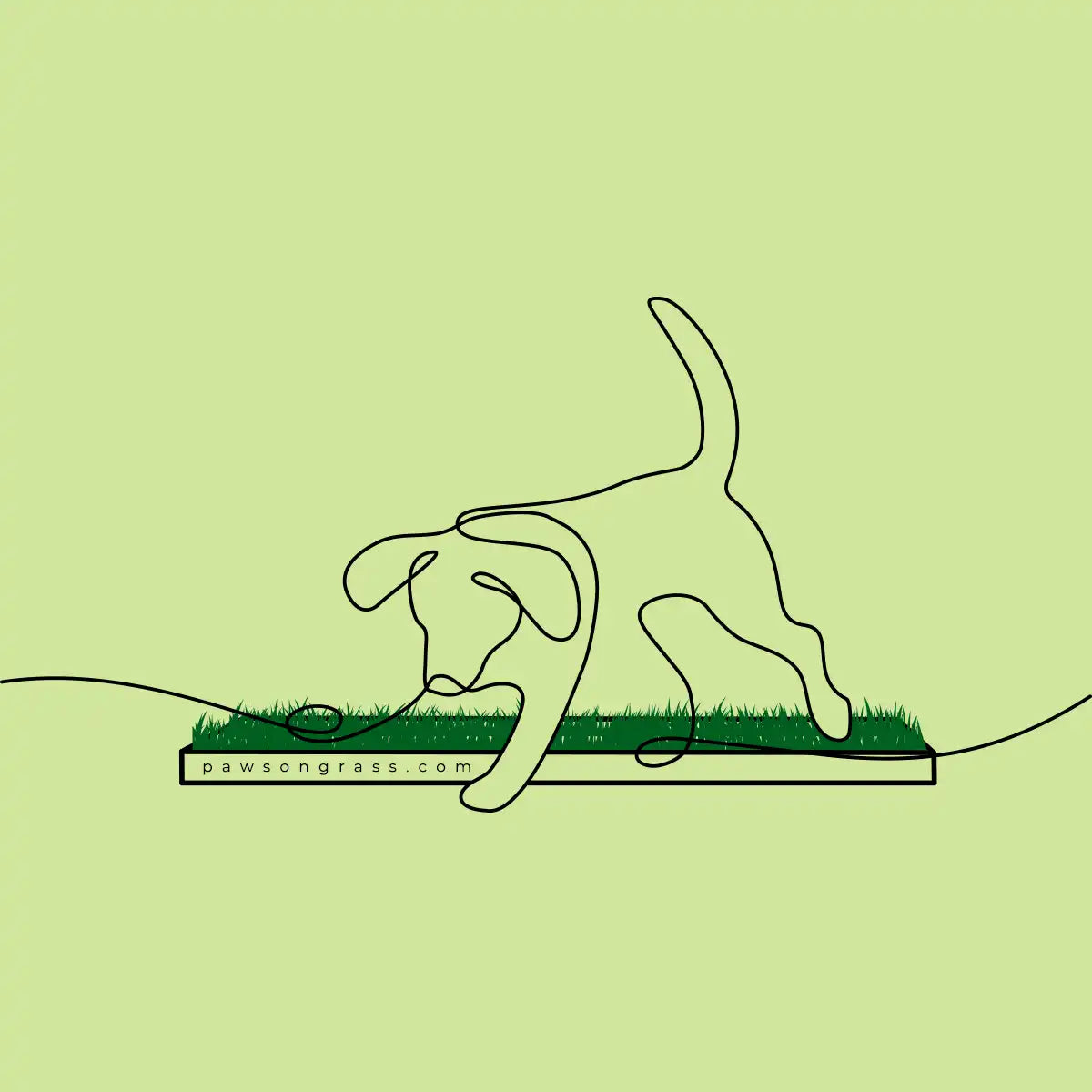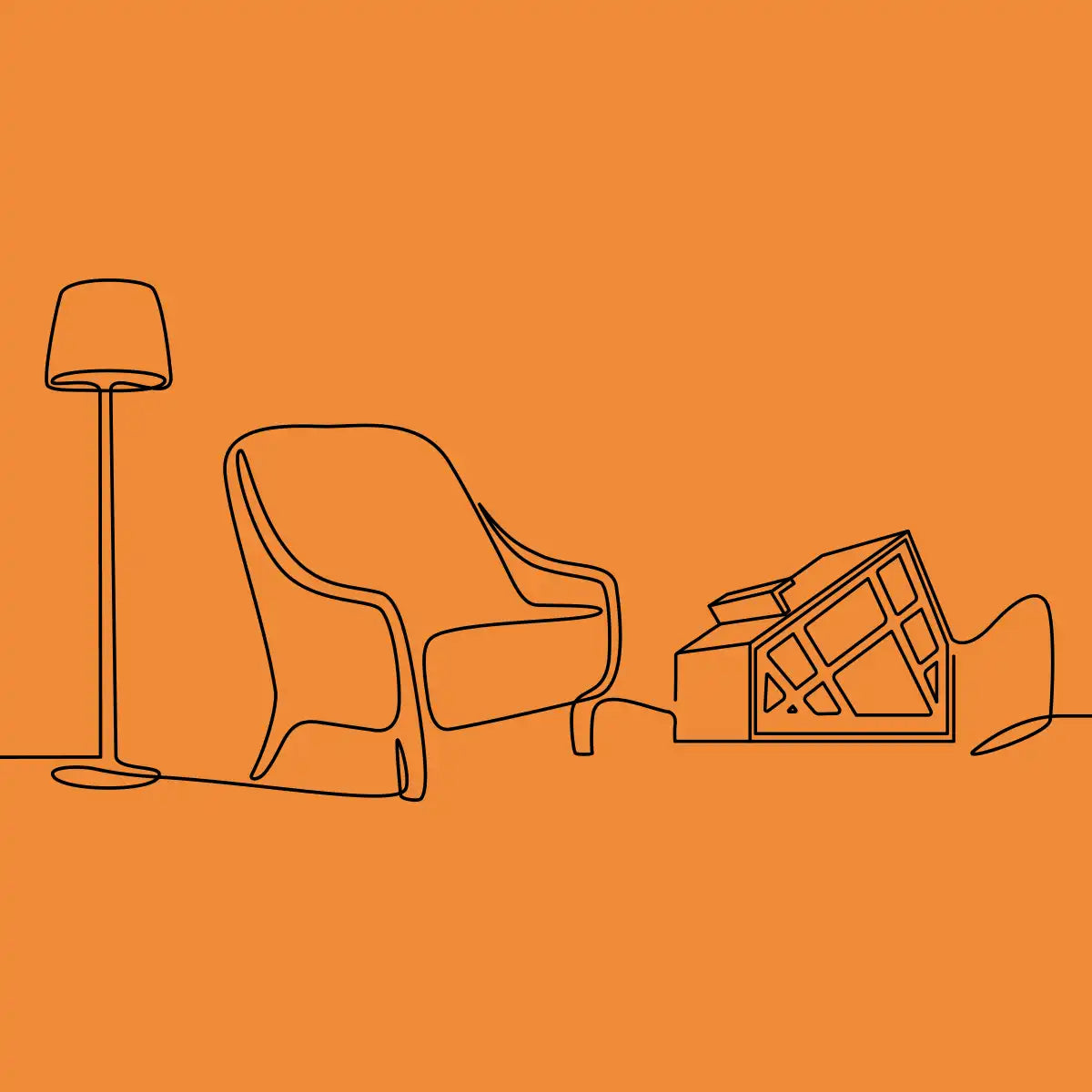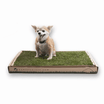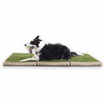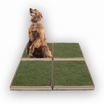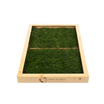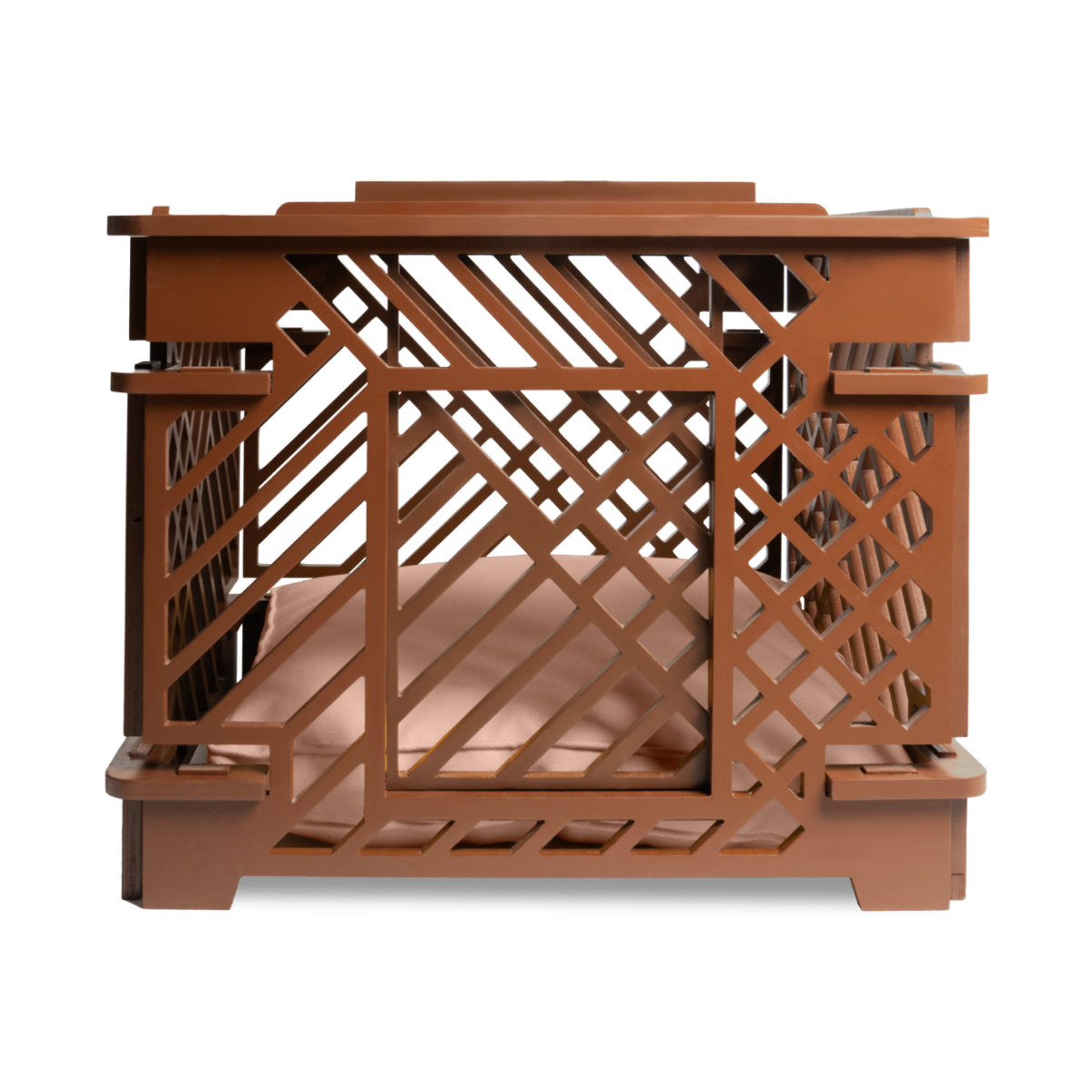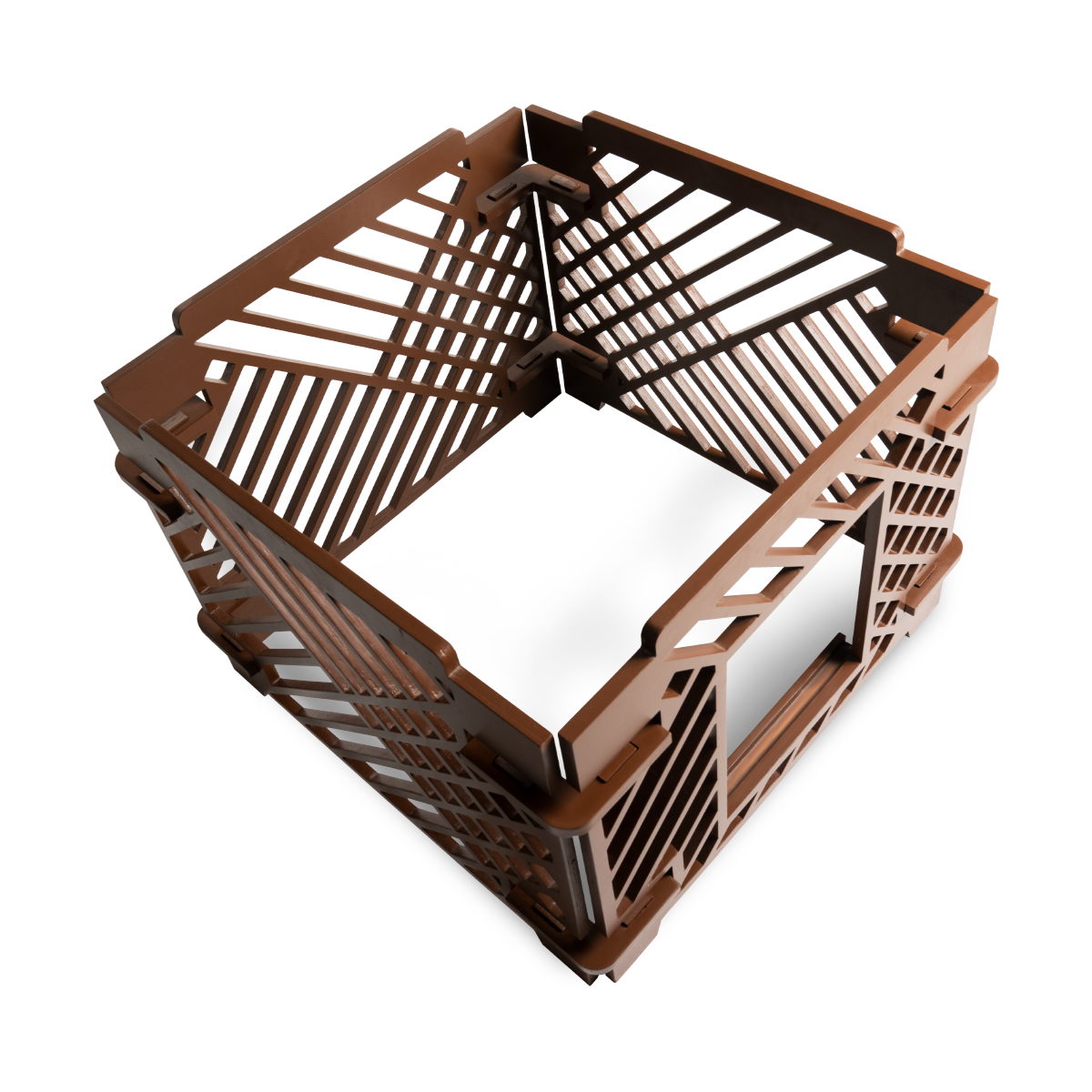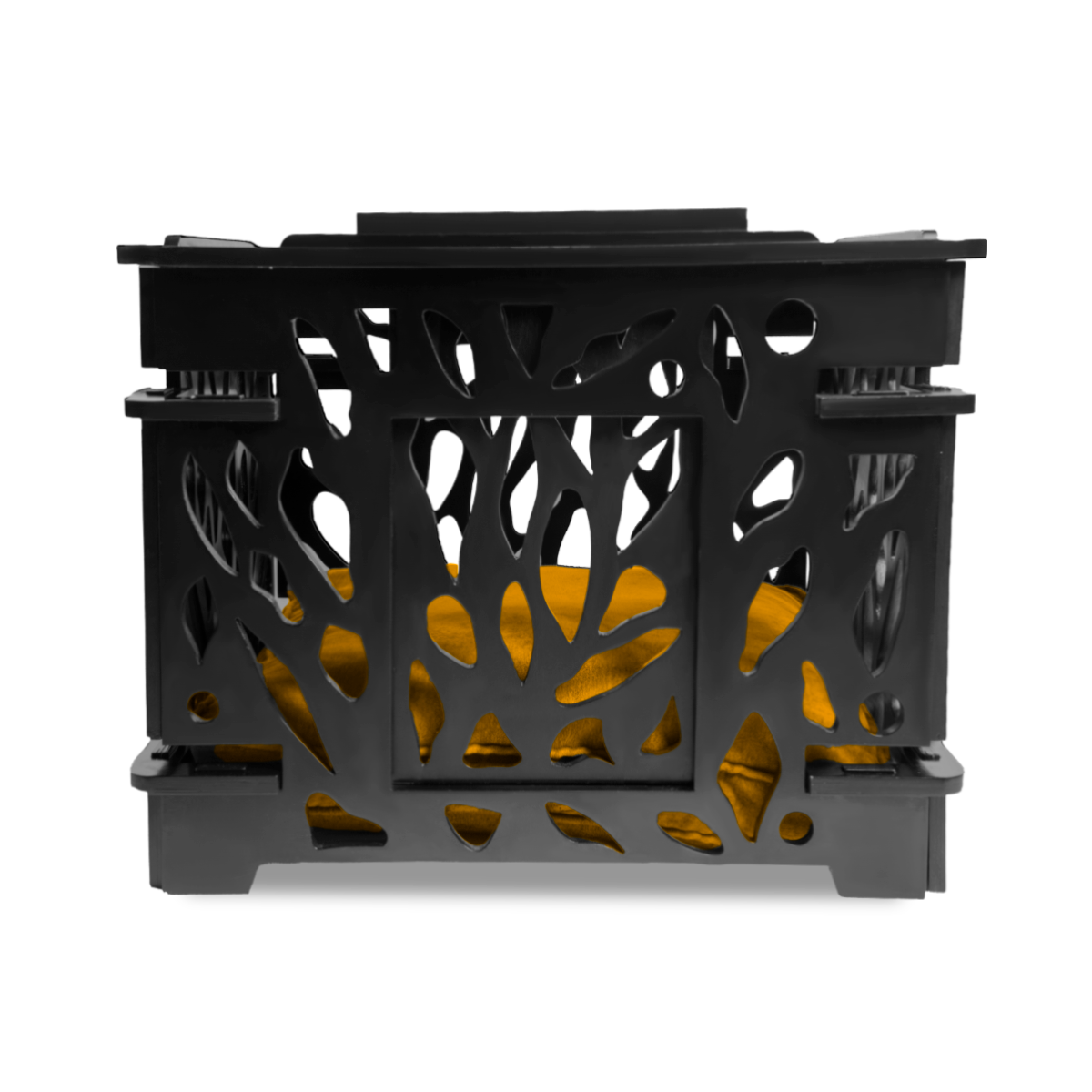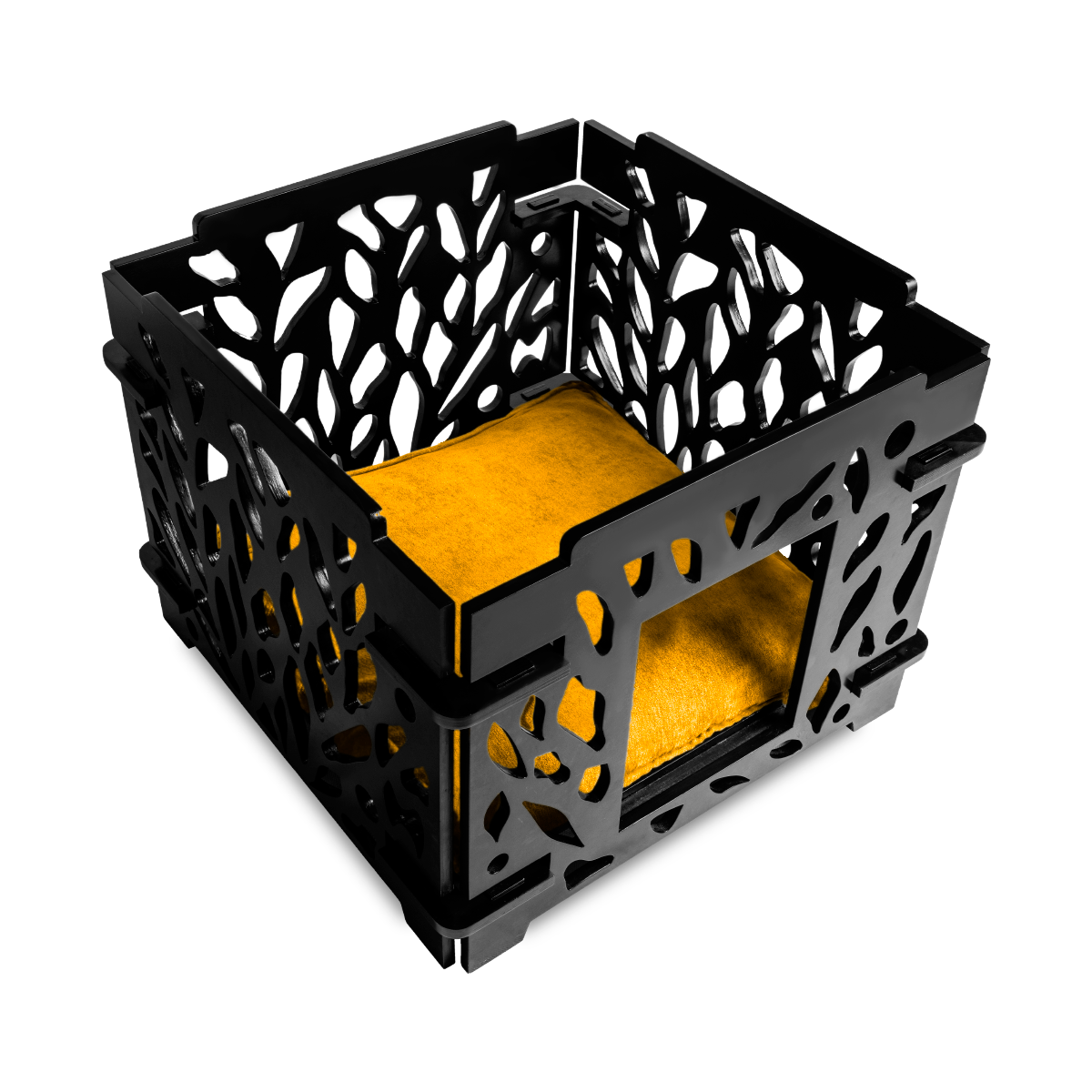Creating a Safe Haven for Trust and Growth
Crate Training
Crate training is a proven method of providing a personal space for your dog, mirroring the security and privacy of a cave, as was sought by their ancestors. This modern practice harks back to a dog's instinctual need for a safe den-like area, offering a slice of ancient comfort in today's world.
Modern, Stylish, and Functional
Choosing the Right Crate
- Material and Design: Our high-quality MDF Dens blend style with functionality, offering an aesthetic upgrade to traditional crates.
- Social and Comfortable: Designed for social interaction, these Dens prevent feelings of isolation, keeping your pet engaged while providing a personal space.
- Size and Comfort: Perfectly sized for small to mid-size breeds, ensuring a cozy and secure environment.
- Safety and Ventilation: Prioritizing safety, our Dens provide excellent ventilation for a safe, breathable space.
- Location in Home: Place the Den in a social yet tranquil area, integrating your pet into family life comfortably.
Positive and Gentle Introduction
Introducing the Crate
- Positive Introduction: Use treats and praise to encourage exploration, ensuring the introduction is inviting and stress-free.
- Short Sessions: Begin with brief periods, allowing your dog to freely enter and exit, building familiarity and trust.
Building a Comforting Connection
Creating a Positive Association
- Meals and Treats: Use meals and treats to make the crate appealing, reinforcing it as a pleasant place.
- Comfort Items: Add comfortable bedding and a favorite toy, along with an item carrying your scent for added comfort.
Establishing Consistency and Trust
Implementing a Routine
- Consistent Schedule: Create a routine for crate time, aligning with meals and sleep, to establish clear expectations.
- Crate Commands: Introduce a specific command for crate time, consistently used to reinforce the routine.
Adjusting Duration for Comfort
Gradually Increasing Crate Time
- Building Duration: Increase crate time gradually, starting with short intervals and extending as your dog becomes more comfortable.
- Observing Behavior: Watch for signs of distress, and adjust the duration to ensure a positive experience.
Creating a Calm, Den-like Atmosphere
Using a Breathable Cover
- Cave-Like Environment: Drape a breathable cover over the crate to mimic a cave, which can calm and reassure your dog.
- Ensuring Ventilation: Make sure the cover does not impede air flow, maintaining a comfortable and safe environment inside the crate.
Additional Tips
Special Considerations
- Puppy-Specific Needs: Puppies may require more frequent breaks and balanced play and exercise.
- Adult Dog Patience: For adult dogs new to crate training, use gradual, positive methods to build comfort and trust.
Effective Solutions for a Smooth Training Experience
Crate Training Challenges
Whining/Barking
Challenge: Dogs may whine or bark in the crate due to discomfort, anxiety, or seeking attention.
Solution: First, ensure all their needs are met (like bathroom breaks). Use calming techniques such as playing soft music, and avoid rewarding the behavior by giving attention only when they are quiet.
Reluctance to Enter the Crate
Challenge: Some dogs may be hesitant or fearful about entering the crate.
Solution: Create a positive association by placing treats and favorite toys inside the crate. Start with the crate door open and encourage them to explore it at their own pace.
Accidents in the Crate
Challenge: Especially common in puppies, accidents inside the crate can occur.
Solution: Maintain a consistent potty break schedule. For puppies, ensure they get frequent bathroom breaks due to their smaller bladders.
Destructive Behavior
Challenge: Dogs might chew or scratch the crate out of boredom or anxiety.
Solution: Provide suitable chew toys within the crate and ensure they get plenty of exercise and mental stimulation outside of it.
Separation Anxiety
Challenge: Dogs may become anxious in the crate when left alone.
Solution: Gradually acclimate them to the crate. Start by leaving them in it for short periods while you're home, gradually increasing the time and introducing absences.
Refusing to Stay in the Crate
Challenge: Some dogs may resist staying in the crate and attempt to escape or become agitated when the door is closed.
Solution: Train in gradual steps. Start by feeding them in the crate with the door open, then progress to closing the door for short periods during meal times, gradually increasing the duration.
Benefits of Crate Training
Crate Training Benefits
For Dogs
A comforting, den-like space for dogs. Puppies especially find security in having their own area. Also acts as a safe retreat when guests or unfamiliar people are around, preventing dogs from feeling overwhelmed.
Establishes a routine, crucial for early house training. For puppies, this is especially important for developing bladder control.
Offers a familiar and soothing area when alone, which is particularly beneficial for puppies in easing their initial separation anxiety.
Keeps dogs safe from household hazards. This is essential for curious puppies, who are more prone to exploring and chewing.
Serves as a foundation for structured training and strengthens the bond between pet and owner.
For puppies, this lays the groundwork for disciplined training and nurturing a stronger bond.
Provides a secure retreat during loud events, travel, or when they're unsupervised.
Effective in managing behaviors like excessive barking or chewing.
Encourages confidence and comfort in solitude, promoting a balanced temperament.
Offers a consistent, reassuring space, helping dogs adapt to changes with less stress.
Acts as a protected area for rest and recuperation during post-surgery or illness.
Crate Training Benefits
For Pet Families
Ensures that your pet is in a safe and secure environment when you're not around. This reassurance allows you to focus on your daily activities or enjoy your time away from home without worry.
Safeguards your home and belongings from potential pet-related mishaps. Whether it's chewing, scratching, or accidents, having a designated space for your pet minimizes the risk of damage to your household items.
Significantly enhances the effectiveness of overall obedience and house training routines. A crate serves as an invaluable tool in establishing boundaries and teaching discipline, making training efforts more structured and efficient.
Fosters a structured and caring environment that deepens the emotional connection with your pet. The crate becomes a space where your pet feels secure and loved, strengthening the trust and bond between you and your furry friend.
Provides a controlled environment for introducing your pet to new people and situations. This can be particularly useful when you have visitors, ensuring your pet has a comfortable space of their own and reducing the stress of social interactions.
Having a designated area for your pet helps maintain a calmer, more orderly home. It's especially useful during busy times, work hours, or when you need a quiet environment, contributing to a harmonious living space for everyone.
Our Den allows you to create a personalized space tailored to your pet's comfort and needs. From choosing the right bedding to adding their favorite toys, you can ensure that their crate is a true home within your home.
Start Your Dog's Crate Training Journey with Our Stylish Pet Dens
Order Your Den Today
Order your Rays Den or Pebbles Den today and embark on a rewarding journey of crate training. Our dens are more than just crates; they're a commitment to your pet's comfort and security, a modern echo of their ancestral safe havens.
Modern Crates




